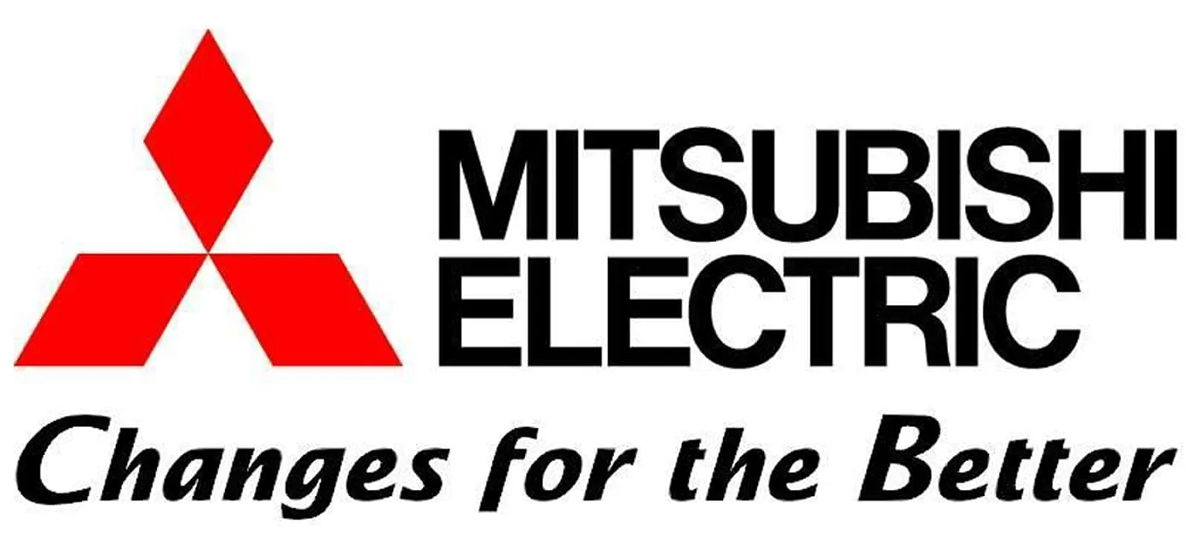
 Your Credit Estimate
Your Credit Estimate
 Your Credit
Your Credit
Your zip code helps us provide you with the most accurate vehicle pricing and vehicle availability.
We estimate your credit score to give you an idea of your monthly payments. To get an accurate payment amount, complete our credit application by clicking the Start Credit Application button below.
start credit application
Car technology is always changing, and in some ways, it can feel a little behind. It took years for the first Android Auto and Apple CarPlay apps to show up, even after the many incidents that texting and driving caused. Virtual assistants are starting to pop up in vehicles with smart speaker integration, but Amazon Alexa and Google Home have also been around for far longer. Sometimes we like to take a look at what an automaker is working on rather than what is available in the showroom, and Mitsubishi Electric, a subsidiary of the Mitsubishi Motors Corporation (MMC) is one of our favorites. While the automaker works on the next electric vehicle (EV), Mitsubishi Electric is working on clean energy, and their net zero-energy building (ZEB) test facility, SUSTIE®, managed to reduce its energy consumption to less than 0-percent.
There are three main parts to this – the building, the technology operating the building, and the software that manages it all. The building, SUSTIE, is a medium-sized office building with more than 6,000m2 of floor space and equipped with solar panels. Although a testing facility, the building was empty, and the use of electronic appliances may not have been accounted for, but the building did come with the usual HVAC and lighting systems found in a typical infrastructure. A building outfitted with solar panels to provide energy and combat energy costs isn’t new – in fact, some homes are solar powered, like the Dendo Drive House Mitsubishi unveiled during the 2019 Geneva International Motor Show. Although the concept didn’t quite take off, Mitsubishi Electric has been tinkering with clean energy since 2018.
The technology running the building optimized day-to-day operations, performing simulations of how employees may use building equipment, such as air conditioning and lighting, such as the temperature of the building and the brightness of the lights, to predict energy consumption and comfort levels over a one-year period. Able to conduct repeated simulations in combination with multi-objective optimization technology is a lot to manage, and that’s why Mitsubishi Electric's proprietary AI technology Maisart is the third piece to this project, able to generate a building operating plan that balanced energy consumption and human comfort. The data are staggering, with the project resulting in energy creation of 571.75MJ per cubic-meter, energy consumption of 366.07MJ per cubic-meter, and an energy balance of -205.68MJ per cubic-meter over the course of the year.
Moreover, not only did the SUSTIE building reduce its energy consumption to less than 0-percent, but it actually created more energy than it consumed over the course of its first full year of operations. Resulting in a 115-percent reduction in energy use when compared to standard primary energy consumption (as specified in Japan's Building Energy Conservation Law), not only does this make the cost of running a building like SUSTIE absolutely nothing, but where does all that extra energy go? Imagine a building like SUSTIE where all the employees get a plug-in hybrid vehicle, able to park in a charging hub connected to the building. By the end of the day, everyone has a full battery and the building is still able to keep costs down.
It’s all pretty cool, but we do wonder if this could eventually make its way into the auto industry. Imagine a self-sustaining electric vehicle. Now that would definitely change things. Does it sound too good to be true? You can keep up with this kind of tech news when you follow us on NowCar social media.
Photo Source/Copyright: Mitsubishi Electric